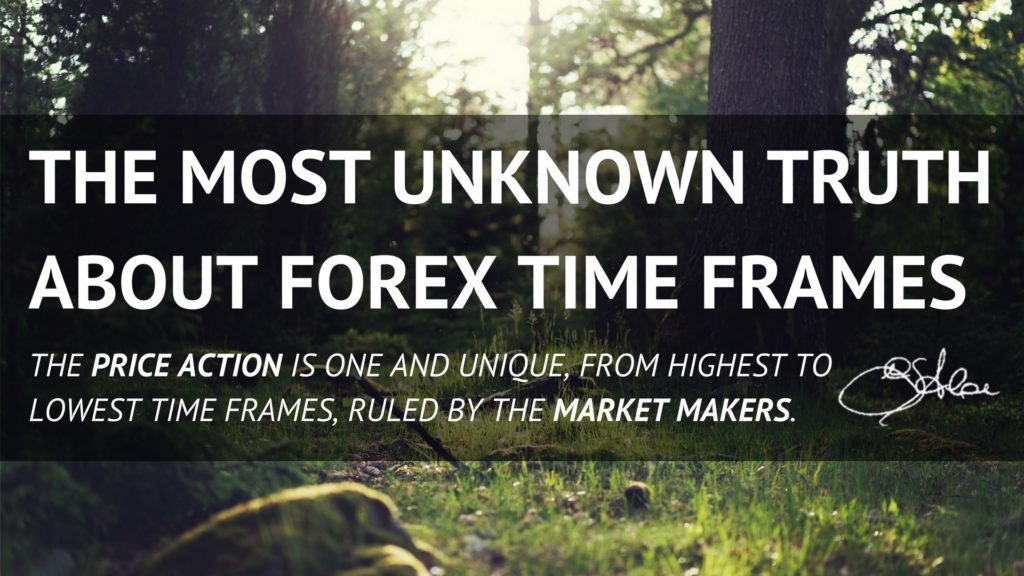
Forex Time Frames give important details about the Price Action and a proper analysis takes a specific dedication. Understanding the Forex Time Frames is easy but not immediate and everything in trading requires time and practice.
In the Forex Market that is tremendously liquid, everything is around of what the Time Frames show. Indeed, the money comes through a clear understanding of the Price Action visible by the Forex Time Frames.
Considering that Price Action is everything, it becomes clear that without the limitations around Time Frames we earn more money.
With the Students of Profiting.Me I look for Profitable Trading Scenarios that offer clear opportunities.
Considerations about Trading and Forex Time Frames
In my Forex Trading Career, I have gone through several stages from the beginning to the Awareness about Money.
At the beginning, I had no specific experience, but particularly I used to trade 1-5-15 minutes Time Frames. This means, that I was trying to earn a few pips of profit before to go emotionally crazy.
Trading Smaller Forex Time Frames is so tedious as interesting because it seems good until the volatility blown away everything. So, who likes to trade the lowest time frames is someone who would love to trade the news.
If the volatility blows away reference points, it would be better to trade it, instead than go counter it.
The impact of Forex Reports is clear also on 1-hour Forex Chart, 4 hours Time Frame and Daily Chart.
The volatility that the Forex Events induce to the market is still visible on Forex Higher Time Frames. But, what becomes more relevant is where the price is going and what happens when it converges.
What induces volatility in the market moves the price in a direction and traders can take advantages by this. From the other side, consistent orders are waiting that the price executes them. I am concretely talking about Big Orders from Institutional Investors.
Do you remember when Buddy Fox fished Gordon Gekko and he said: “Yeah! Woooo! I just bagged the elephant”?
Well, the Institutional Investors are “Elephants”. When they move, they can move slowly, but stop them takes long-term and big amount of money for more times.
The Institutional Investors are Market Makers. It is easy to understand that the money is where the institutional Investors set their orders.
The volatility gives specific advantages and profits, but invest where are the money gives huge rewards.
Liquid and Non-Liquid Markets
Let me clarify some important things about what has an impact on a Liquid Markets and in a Non-liquid Markets. Then, how they react and what are the advantages for retail traders.
Level 2, Financial Routes, Market Makers and ECN
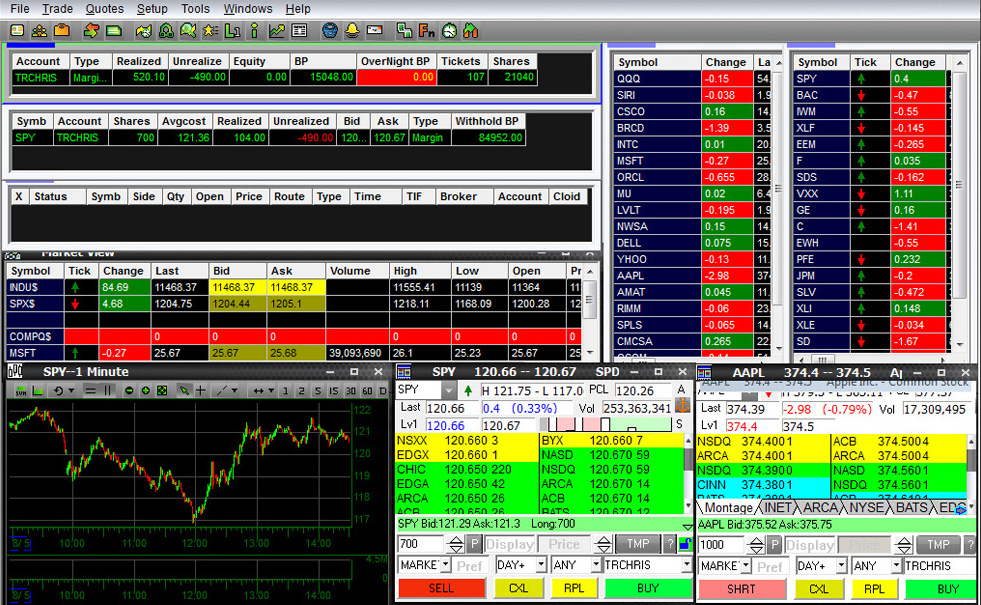
The Level 2 shows the block orders of Market Makers and ECN (Electronic Communication Networks). Then, it shows the orders that define the Supply Demand Price Levels and the Liquidity in the market.
Therefore, in the Level 2, the orders appear and disappear in real-time by the Financial Routes. This means that in a Highly Liquid Market like Forex (and Highly Traded Listed Stocks), the Level 2 become usefulness. This happens because bid and ask orders are so many that the level 2 is almost impossible to follow. The orders flow is tremendously fast and the Financial Routes carry also orders not visible that could be really big. In addition, it can show manipulations in the trading perception by the adding of big orders that later disappear.
Liquid Market
The Liquidity makes every business very easy, moving money without particular brakes, even when the marketplace has strict rules.
The big liquidity in the Financial Marketplaces absorbs the most of the causes of volatility.
Indeed, in a very liquid market, there are so many negotiations that only the biggest orders deserve a concrete attention. This is visible clearly using the Level 2 tool to watch the Financial Routes.
The absorbing of the main causes of volatility reduces concretely the need to base the trading on Catalysts.
A Catalyst doesn’t really move a Highly Liquid Market. This is definitely true for Forex Markets, Futures Markets, and others.
It is true also for the Listed Stocks Highly Traded, but Catalysts like Contracts can still increase their volatility.
The Market Makers move the Forex Market that is the most liquid Financial Market.
The Forex Calendar Events are a little part of the big game. Even the most volatile Report of the Economic Calendar doesn’t really change the market behavior. This means that Events like the Non-farm Payroll, that gives high volatility, move the price favoring the Market Makers.
The volatility in the market converges the price where the Institutional Investors have their orders. Their big orders define where the price will go and then, the real direction of the market.
Non-Liquid Market

When the marketplace is not liquid the negotiations are rare because the interest to invest is temporary. This means that in a Non-Liquid Market a cause to induce the interest to investors is a necessity.
The main problem with a Non-Liquid Market is that without negotiations investments and trades are in a trap. Then, if the broker doesn’t let it, there is no way to take the profit or loss.
Invest in a Non-Liquid Market at the wrong moment is like “try to sell meat to vegans. Nobody will want to buy it.”
Instead, having a Catalyst that induces traders to buy or short, the Non-Liquid Market becomes largely profitable.
This is what happens when we invest in Penny Stocks and many Low Priced Listed Stocks.
Non-Liquid Market and Level 2
Considering the low number of negotiations the Level 2 tool becomes really relevant in a Non-Liquid Market. The Financial Routes show in which prices there are orders from Maker Makers and ECN. Then, it shows where there are big orders. The Level 2 is an important resource to trade Stocks, particularly Penny Stocks.
The Non-Liquid Market shows specific advantages. However, it becomes necessary to invest when the moment is right, even if there is a limit in time.
The right moment to invest in a Non-Liquid Market is when the Catalyst becomes available.
One example is to check some Low Priced Stocks, considering what is moving over +5% of Price Change. Then, take a look at the reason of the movement. The Catalyst could be something like a new Contract Signed, Earning Reports or Pump and Dump. These things can move the price share considerably for a few days. The price can spike up for a positive Catalyst, so as for boiler rooms that Pump it.
Of course, the way to trade a Non-Liquid Market is mainly a day trading practice, just because of the Catalysts.
How Traders Classify Trading Styles
When we talk about the Forex Time Frames beginners keep their focus only on the lowest time frames. Instead, traders with experience usually use also or mainly the higher time frames.
But a wrong thing is a trader that induces newbies to keep their focus only on a time frame. Usually, the Forex Chart is the 5-15 minutes Time Frame.
One thing that everybody learns since the beginning is to differentiate their trading style according to the time frames used. These Forex Trading Styles are:
- Day Trading – The Day Trader bases his trading strategy on low time frames, taking profits in the day.
- Swing Trading – The Swing Trader has a trading strategy that follows the price changes taking profit after a few days.
- Trend Trading – The Trend Trader has an Open and Hold trading strategy letting run a trade following a long-term trend.
Unfortunately, this differentiation shows limitations and it exists and persists for the new traders and the day traders. For newbies, to understand the time frames and the trading styles. For day traders, they prefer to have a classification. In any case, day trading is the most common trading practice for a newbie.
Very experienced Forex Traders use to mention them really rarely. The reason is that these categorizations are not really relevant in the trading process.
This is the most important thing to take in consideration. Are these categorizations really important to make money trading Forex Different Time Frames? The answer is NO.
A further differentiation is about the using and the developing of a Multiple Time Frame Trading Methodology.
Grouping Forex Time Frames
A Multiple Time Frame Trading Methodology uses and develops Technical Analyses using Multiple Forex Time Frames. Grouping the Forex Time Frames is possible to develop different Trading Approaches.
A simple way to Group Forex Time Frames is:
- “Intra Day Trading” – Daily Chart > 4 Hours Chart > 1 Hour Chart.
- “Day Trading” – Weekly Chart > Daily Chart > 4 Hours Chart.
- Swing Trading – Monthly Chart > Weekly Chart > Daily Chart.
- Trend Trading – 3 Months Chart > Monthly Chart > Weekly Chart.
Note: Intra-Day Trading and Day Trading usually show a common or the same trading style.
But this is not the only one. For example, day traders can look for a better precision, trying to find the best time frame for day trading. Then, they can group the Forex Time Frames in a different way:
- Day Trading 1 – Daily Chart > 1 Hour Chart > 15 Minutes Chart.
- Day Trading 2 – Weekly Chart > Daily Chart > 4 Hours Chart > 1 Hour Chart.
I want to repeat that all these groups are just examples and the trader can develop any Trading Methodology.
Technical Analyses using Multiple Time Frames
The Grouping of Forex Time Frames gives the advantage to understand better the Price Action. This means to understand where the price is going and how. In the same way, understand what are the differences between the Time Frames.
Every time frame is just a different way to group the price flow by intervals, then they show different details.
The Higher Time Frames show where the market is really going, then they show the main trends. But the Lower Time Frames can show the price corrections correlated with the main trends. The Lower Time Frames show also the impact that the volatility has to the market.
The volatility induced don’t affect the trends and don’t blow away the Market Makers Orders.
But when traders keep their focus strictly on the lower time frames the volatility breaks the most of the oppositions. This carries high risk and losses because the trader tends to focus on wrong reference points.
The common practice is to keep the focus on reference points that are weak and on indicators. The volatility blew away the reference points and the indicators are usefulness.
From the other side, the using of multiple time frames lets day traders remove all the indicators they use.
Simplifying, the higher time frames show the main trends, the lower time frames the price changing in the main trend.
The Truth about Trading Multiple Forex Time Frames
Forex Time Frames don’t define the Success of a Retail Trader. Instead, the Success has a strong correlation with the ability to recognize the Market Makers’ behavior. Therefore, be able to recognize where the Institutional Investors set their orders, pays a large reward repetitively.
Understand where and how the Market Makers Orders prevail is the most important point for my Trading. This is the truth behind the Price Action and It defines my Supply and Demand Trading Practice.
Money is where the Market Makers set their orders. So it is clear that the best way is to buy or sell where the institutional investors buy or sell.
In any Time Frame, the Trader must keep the focus where the money is. Period.
The Forex Market is Highly Liquid than the trading practice is very easy and we do it in relax.
The Price Action is one and unique from Highest to Lowest Time Frames, ruled by the Market Makers.
The whole set (or group) of Forex Time Frames to use for the trading show the Trading Scenario.
Having clear the Trading Scenarios the Trading Account grows.
It is not about which group of Forex Time Frames we use for trading. In the same way, it is not about what kind of classification we give to our trading. The reason is that the Trading Scenario is one and only one.
The Trading Scenario doesn’t depend on a Time Frame because It is the full Price Action. Then, it includes everything necessary to trade properly in the Current Market.
The work of the Trader is to understand the Trading Scenario. Then, to set orders where the Institutional Investors have their orders.
This is exactly how I make Trading and what I explain to my students on Profiting.Me.
Conclusion
In a Highly Liquid Market like Forex, trading gives the biggest rewards having clear the Full Trading Scenario. This means that around the Current Market there is much more than what the Economic Calendar offers. In the same way, there is much more than Forex Time Frames.
Many traders would not agree, but Institutional Investors move the market and the biggest profits come with their orders. I prefer to get the biggest amount of money possible than chasing the volatility.
The experienced trader knows very well that there is no proper classification for a trading style.
I really don’t care of classifications for day trading, swing trading, trend trading and much more.
I am a trader and I care about the money. Then I care about where the money is.
Any other thing is only Chatting for me and I leave it to teachers and beginners.
When I trade Penny Stocks I look for specific Catalysts. When I trade Forex, Futures or Listed Stocks, I stay in relaxing because I trade the imbalances.
I am mainly a Supply and Demand Trader and this gives to me the best rewards I can get today.
I share my experience and my way to practice Supply and Demand Trading with my students of Profiting.Me.
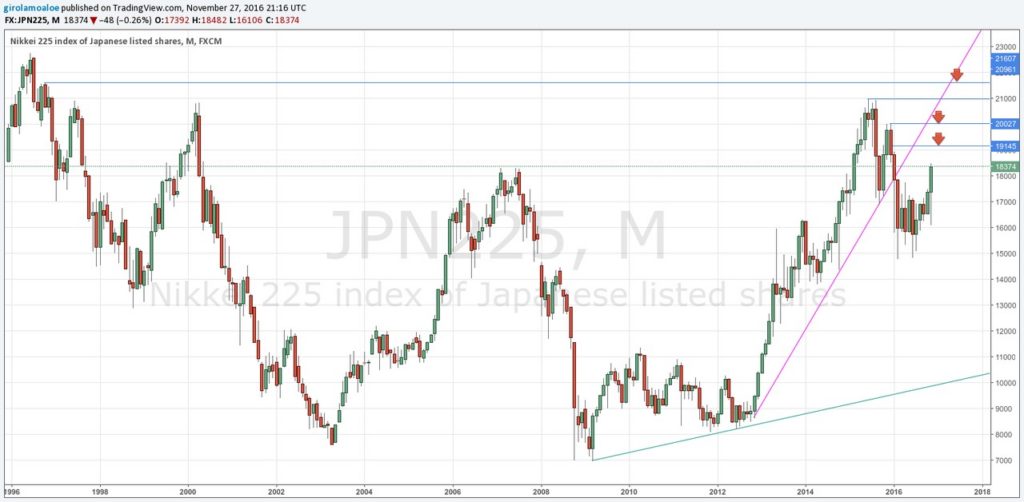
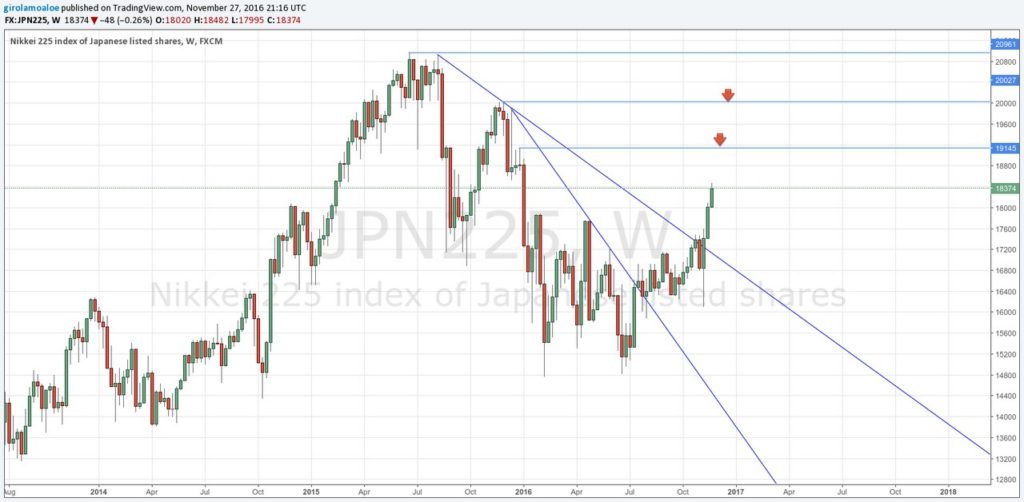
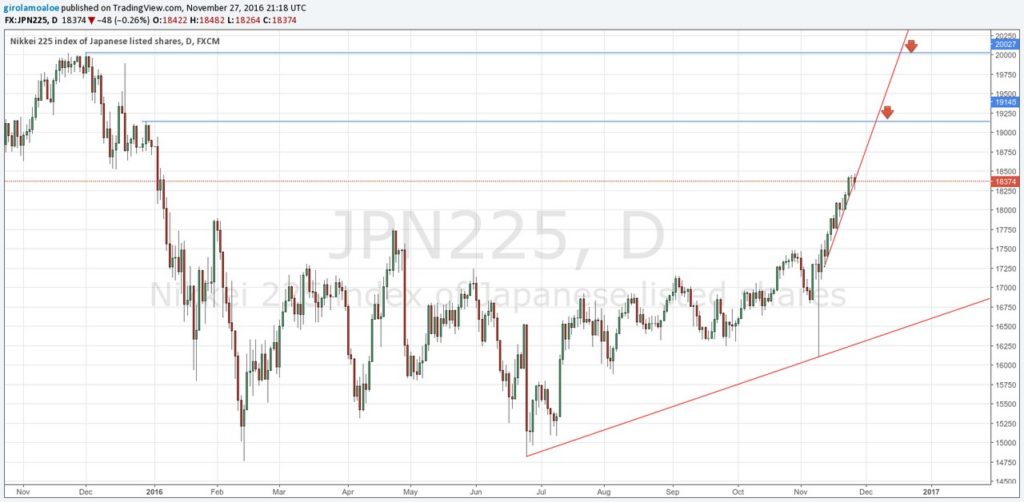

Best Trader says
Thanks for sharing this!